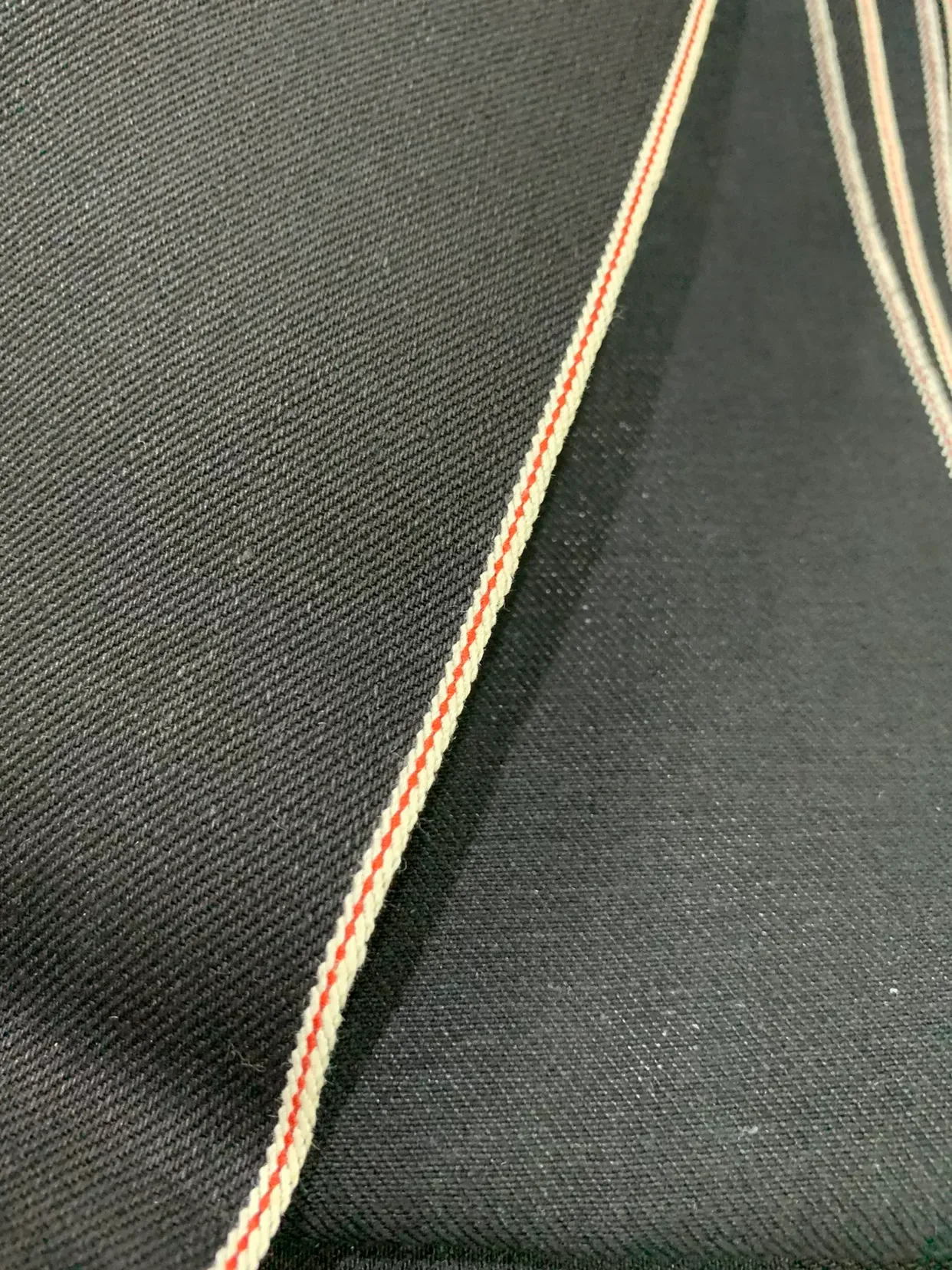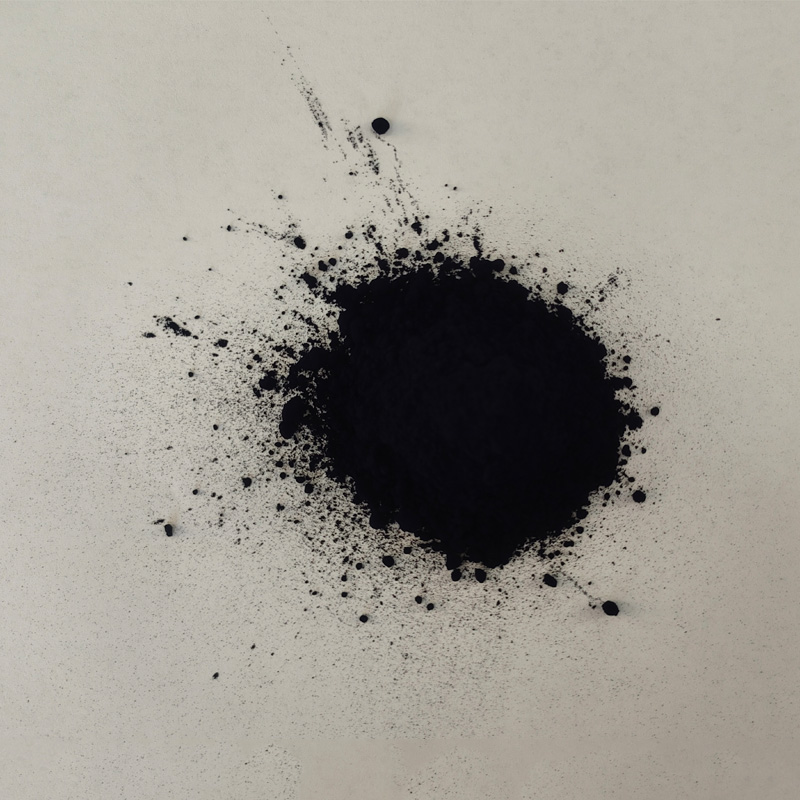
- Afrikan
- Albaniż
- Amhariku
- Għarbi
- Armenjan
- Ażerbajġani
- Bask
- Belarussu
- Bengali
- Bosnijan
- Bulgaru
- Katalan
- Cebuano
- Korsiku
- Kroat
- Ċek
- Daniż
- Olandiż
- Ingliż
- Esperanto
- Estonjan
- Finlandiż
- Franċiż
- Friżjan
- Galizjan
- Ġorġjan
- Ġermaniż
- Grieg
- Guġarati
- Kreol Ħaitjan
- hausa
- Ħawajjan
- Ebrajk
- Le
- Miao
- Ungeriż
- Iżlandiż
- igbo
- Indoneżjan
- Irlandiż
- Taljan
- Ġappuniż
- Ġavaniż
- Kannada
- każak
- Khmer
- Rwandan
- Korean
- Kurdi
- Kirgiż
- TB
- Latin
- Latvjan
- Litwan
- Lussemburgiż
- Maċedonjan
- Malgashi
- Malajan
- Malajalam
- Malti
- Maori
- Marathi
- Mongoljan
- Il-Mjanmar
- Nepaliż
- Norveġiż
- Norveġiż
- Oċċitan
- Pashto
- Persjan
- Pollakk
- Portugiż
- Punġabi
- Rumen
- Russu
- Samoan
- Galliku Skoċċiż
- Serb
- Ingliż
- Shona
- Sindhi
- Sinħaliż
- Slovakk
- Sloven
- Somali
- Spanjol
- Sundaniż
- Swaħili
- Svediż
- Tagalog
- Taġik
- Tamil
- Tatar
- Telugu
- Tajlandiż
- Tork
- Turkmeni
- Ukrain
- Urdu
- Uighur
- Użbek
- Vjetnamiż
- Welsh
- Għajnuna
- Jiddix
- Joruba
- Żulu
The Uses Of Indigo Dyeing Cotton Yarn Dye
Indigo dye has been a cornerstone of textile artistry for centuries, renowned for its rich blue hues and versatility. From indigo dyed cotton yarn to the iconic dyes for blue jeans, this natural dye continues to captivate fashion enthusiasts and artisans alike. In this article, we explore the multifaceted applications of indigo dye for clothes, its historical significance, and why it remains a staple in modern dyeing techniques.

The History of Indigo Dyed Cotton Yarn
The use of indigo dates back thousands of years, with evidence of its application found in ancient civilizations such as India, Egypt, and Mesopotamia. Indigo dyed cotton yarn was highly prized for its vibrant color and durability. Unlike other dyes, indigo bonds externally to fibers, creating a unique fading effect that adds character over time. This quality made it a favorite for traditional garments and, later, for workwear like blue jeans.
Why Dyes for Blue Jeans Dominated the Denim Industry
The rise of denim in the 19th century cemented indigo’s place in fashion. Dyes for blue jeans were primarily derived from indigo due to its ability to produce a deep, long-lasting blue that gradually fades into a personalized wash. This distinctive characteristic gave jeans their rugged, lived-in appeal, making them a global fashion staple. Even today, synthetic indigo is used to maintain consistency in mass production, though natural indigo remains a luxury choice for high-end denim.
The Art of Using Indigo Dye for Clothes
Beyond denim, indigo dye for clothes is celebrated in various cultures for its aesthetic and symbolic value. Traditional tie-dye techniques all utilize indigo to create intricate patterns. The dye’s versatility allows it to be used on cotton, silk, and wool, making it a favorite among artisans. Whether for bold statement pieces or subtle accents, indigo-dyed fabrics bring timeless elegance to any wardrobe.
Sustainable Benefits of Indigo Dyed Cotton Yarn
As eco-consciousness grows, the demand for sustainable dyes has surged. Indigo dyed cotton yarn offers an environmentally friendly alternative to synthetic dyes, especially when derived from natural sources. Plant-based indigo is biodegradable and non-toxic, reducing water pollution compared to chemical dyes. Brands embracing slow fashion are increasingly turning to natural indigo to meet consumer demand for sustainable, ethically produced textiles.
FAQs About Indigo Dye for Clothes
How is indigo dyed cotton yarn different from other dyed yarns?
Indigo-dyed yarn undergoes a unique oxidation process, creating a color that penetrates the fiber’s surface rather than soaking in completely. This results in the characteristic fade and wear over time.
Why are dyes for blue jeans typically synthetic?
Synthetic indigo is more cost-effective and consistent for large-scale denim production, though natural indigo is preferred for its depth and eco-friendly properties.
Can indigo dye for clothes be used at home?
Yes! DIY indigo dye kits are available, allowing crafters to experiment, tie-dye, or dip-dye techniques on fabrics.
Does indigo dyed cotton yarn fade over time?
Absolutely—this is part of its charm! The gradual fading creates a unique, personalized look that many fashion lovers adore.
Is indigo dye for clothes safe for sensitive skin?
Natural indigo is generally hypoallergenic, but always pre-wash dyed fabrics to remove excess dye and avoid irritation.
Indigo dye has played a pivotal role in textile history, shaping fashion, culture, and sustainable practices. From its ancient origins to its modern-day dominance in denim production, indigo dyed cotton yarn, dyes for blue jeans, and indigo dye for clothes remain indispensable in the world of fabric dyeing.
The adaptability of indigo dye for clothes has made it a favorite among artisans worldwide. Techniques tie-dye rely on indigo to produce intricate, visually striking patterns. Unlike many synthetic dyes, indigo’s ability to bond externally to fibers allows for gradual fading, adding character and individuality to garments over time.
As the fashion industry shifts toward eco-friendly practices, natural indigo dyed cotton yarn has gained renewed attention. Unlike synthetic dyes, plant-based indigo is biodegradable and less harmful to the environment. This makes it an ideal choice for sustainable brands and slow-fashion advocates who prioritize ethical production.
Indigo’s enduring appeal lies in its rich history, artistic versatility, and sustainable benefits. Whether used in handcrafted textiles or mass-produced denim, it continues to captivate designers and consumers. For those looking to incorporate timeless, eco-conscious fashion into their wardrobe, exploring indigo dyed cotton yarn u indigo dye for clothes is a rewarding journey.
In a world where fast fashion dominates, indigo stands as a testament to craftsmanship, sustainability, and enduring style. Dive into the world of indigo—experiment with dyeing techniques, invest in ethically made indigo garments, and celebrate the deep blue legacy that has colored human history for centuries.If you are interested, come and consult us quickly.
-
Black Sulfide: The Molecular Alchemy Behind Superior Textile Coloring
AħbarijietAug.29,2026
-
The Dye Performance Of Bromo Indigo Blue
AħbarijietAug.29,2025
-
Sulphur Black Dyes Enhance Color Fastness
AħbarijietAug.29,2025
-
Indigo Blue Powder's Chemistry Intrigues
AħbarijietAug.29,2025
-
Leading Light Indigo Color Company | Premium Dyes & Pigments
AħbarijietAug.29,2025
-
Denim Indigo Dye Supports Sustainable Fashion
AħbarijietAug.28,2025
-
Black Sulfur Elevates Material Durability
AħbarijietAug.28,2025

Kubrit Iswed
1.Name: sulphur black; Sulfur Black; Sulphur Black 1;
2.Structure formula:
3.Molecule formula: C6H4N2O5
4.CAS No.: 1326-82-5
5.HS code: 32041911
6.Product specification:Appearance:black phosphorus flakes; black liquid

Bromo Indigo; Vat Bromo-Indigo; C.I.Vat Blue 5
1.Name: Bromo indigo; Vat bromo-indigo; C.I.Vat blue 5;
2.Structure formula:
3.Molecule formula: C16H6Br4N2O2
4.CAS No.: 2475-31-2
5.HS code: 3204151000 6.Major usage and instruction: Be mainly used to dye cotton fabrics.

Indigo Blue Vat Blue
1.Name: indigo blue,vat blue 1,
2.Structure formula:
3.Molecule formula: C16H10N2O2
4.. CAS No.: 482-89-3
5.Molecule weight: 262.62
6.HS code: 3204151000
7.Major usage and instruction: Be mainly used to dye cotton fabrics.
